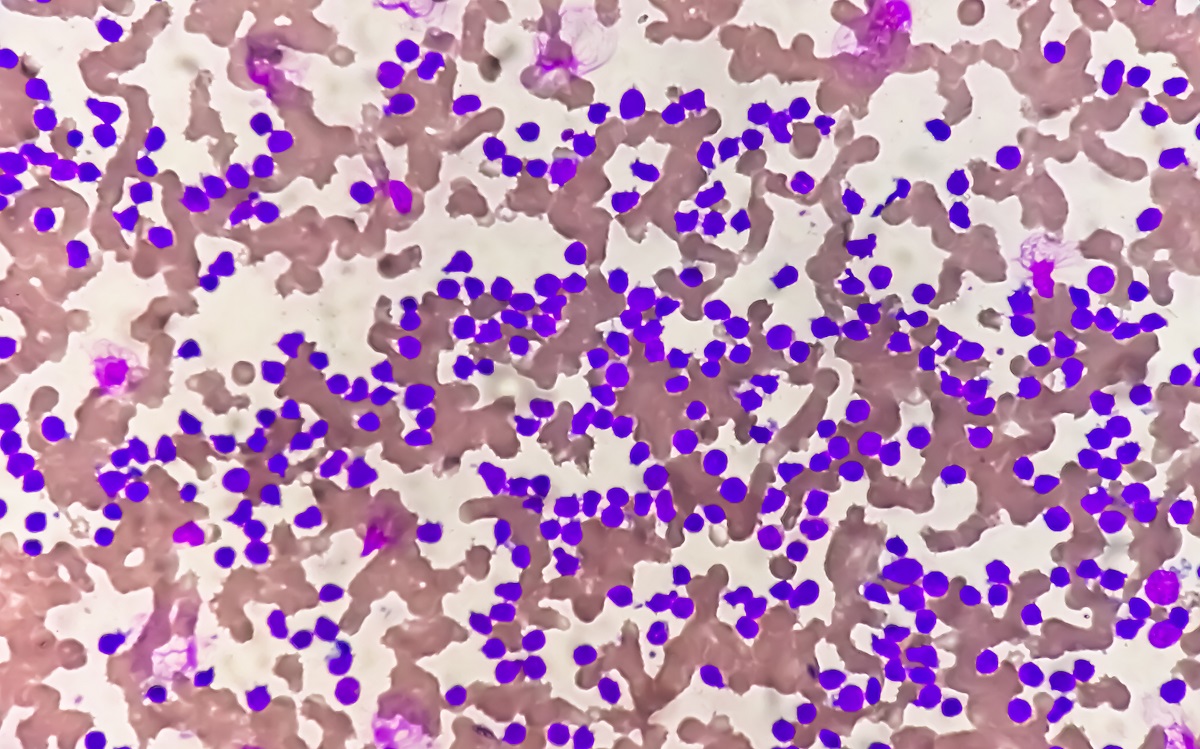KEY TAKEAWAYS
- The study aimed to compare BCR-ABL1 prevalence in CML pts’ relatives vs. the general population for familial CML insights.
- Researchers found higher BCR-ABL1 prevalence in CML relatives, suggesting familial influence; further studies warranted.
The role of familial influence in chronic myeloid leukaemia (CML) occurrence is sparsely explored. A previous study was conducted to determine the prevalence of harboring BCR::ABL1 in the adult normal population (StudyN).
Jew Win Kuan and the team aimed to explore how often BCR-ABL1 is found in first-degree relatives of patients (pts) with CML (StudyR) vs. the StudyN, aiming to understand familial factors in CML occurrence.
Researchers designed a cross-sectional study StudyR using convenience sampling, recruiting first-degree relatives of pts with CML aged ≥ 18 years old without a history of hematological tumors. Real-time quantitative polymerase chain reaction standardized at the International Scale (BCR::ABL1-qPCRIS) was performed according to standard laboratory practice and the manufacturer’s protocol.
About 96 first-degree relatives from 41 families participated in the study, with an average age of 39 and a male-to-female ratio of 0.88. Each family had a median of 2 relatives (ranging from 1 to 5). Of these, 18 (19%) were parents, 39 (41%) were siblings, and 39 (41%) were offspring of the pts with CML.
StudyR found that 4% (4 out of 96) of first-degree relatives harbored BCR-ABL1, a higher prevalence compared to the 0.5% (1 out of 190) found in the normal population in StudyN. All 4 positive relatives were female, and among them, 3 were also found to be positive in StudyN.
The mean age was 39, younger than the average age of 45 in StudyN. BCR-ABL1-qPCRIS levels ranged from 0.0017%IS to 0.0071%IS, similar to levels observed in StudyN (0.0023%IS to 0.0032%IS) and in another referenced study (0.006%IS to 0.016%IS).
The study concluded that the prevalence of harboring BCR-ABL1 in the first-degree relatives of known pts with CML was higher than that observed in the normal population. This finding suggests the potential existence of familial influence in pts with CML occurrence.
However, it also indicated that this influence might be tempered by other dominant factors, such as genetic dilutional effects and protective genetic factors. The gender and ethnic associations observed were inconsistent with typical CML epidemiology, hinting at a potentially higher familial influence among females.
Further investigation into this topic is warranted, ideally through larger studies with longer follow-up periods, to better understand these complexities.
This study was funded by UNIMAS under Research ID: F05/IMPACT/2114/2021 and the open access funding was provided by Universiti Malaysia Sarawak.
Source: https://pubmed.ncbi.nlm.nih.gov/38877512/
Kuan JW, Su AT, Sim SP, et al. (2024). “Higher prevalence of harbouring BCR::ABL1 in first-degree relatives of chronic myeloid leukaemia (CML) patients compared to normal population.” BMC Cancer. 2024 Jun 14;24(1):734. doi: 10.1186/s12885-024-12102-2. PMID: 38877512; PMCID: PMC11179337.



